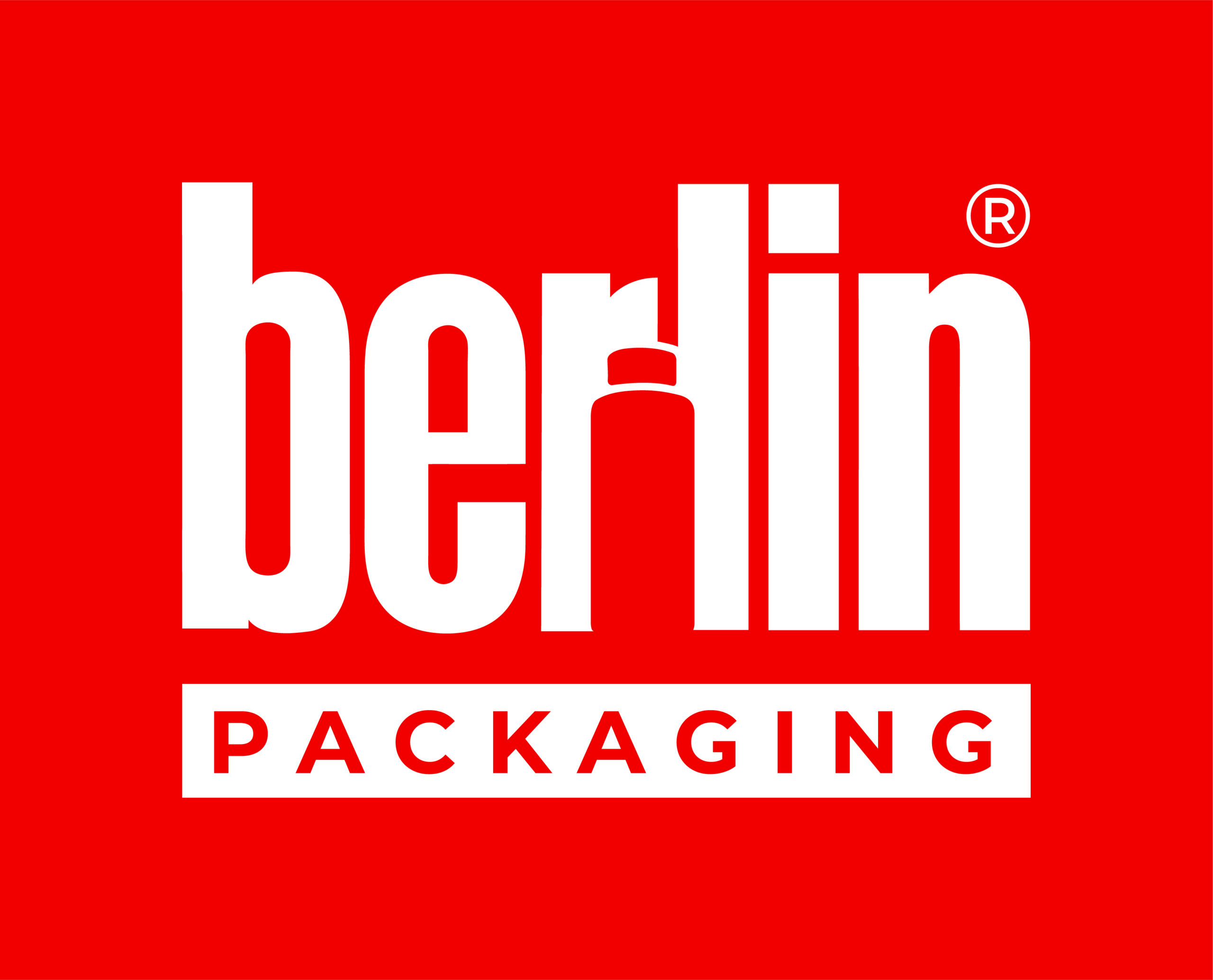Meet Our Featured Speakers
Biomaterials
The future of food packaging is being shaped by biomaterials, natural fibers, nano-cellulose, and bio-based coatings, which are advancing biodegradable, high-performance paper packaging beyond conventional plastic alternatives.
Show more
Food packaging is evolving rapidly. Consumer expectations, regulatory requirements, and environmental concerns are driving the shift toward sustainable, high-performance alternatives to conventional plastics. As the global food and beverage supply chain becomes more complex, the packaging industry must embrace modular and scalable solutions. Technologies such as automated fiber molding, advanced bio-coating systems, smart labeling, and virtual prototyping are bringing together material science, automation, and digital tools. This integration is essential to achieving both functionality and sustainability soon.
How Biomaterials Are Changing Food Packaging
Biomaterials are advancing steadily, supported by progress in bioengineering and material innovation. Many of these solutions have matured in recent years, especially those that improve barrier performance, extend shelf life, and support environmental goals. In today’s market, there is a strong focus on simplification, streamlined processes, and rapid prototyping to reduce lead times and speed up market entry. As a result, the ‘time to shelf’ is decreasing across the food industry. Low-impact manufacturing methods and scalable bio-based material platforms are in high demand, offering both agility and regulatory compliance. Life-cycle assessments (LCAs) are also being used more widely to evaluate the full environmental impact of these materials, enabling more informed and sustainable choices.
This transformation is also reshaping how packaging systems are developed. From active and intelligent packaging to multi-layered biodegradable composites, biomaterials are changing how manufacturers approach end-of-life planning and circular design. At the same time, new design requirements are emerging. These apply not only to materials but also to the machinery that produces and applies them. Equipment must now handle a broader range of flexible and compostable substrates. Machine learning algorithms are being used to optimize line performance with these materials, while real-time monitoring tools are being integrated to maintain quality control throughout the production cycle. Human-machine collaboration and adaptive automation are key trends driving the next phase of innovation in food packaging.
Digital twins and simulation environments are playing an increasingly important role in testing and refining biomaterial applications before live production begins. This virtual-first approach enables engineers and designers to validate performance characteristics and regulatory compliance, helping reduce waste and improve quality control. Virtualized control platforms are gaining momentum, allowing production lines to be reconfigured remotely with minimal downtime. What once served as basic line automation has evolved into the foundation of collaborative data ecosystems, where manufacturers, suppliers, and recyclers can share material performance data. These shared platforms are essential for developing new business models in sustainable packaging and for optimizing material use through predictive analytics. Blockchain technology is also being explored to strengthen transparency and traceability across the biomaterial supply chain.
Continuation of the Biomaterials Revolution
The biomaterials revolution in food packaging is not a passing trend. It represents a continuous evolution in material science and industrial strategy. The Food Packaging Summit 2026 highlights a future where bio-based films extend shelf life, nano-cellulose improves mechanical strength and barrier performance, and fiber-based containers meet both functional and compostability standards. This progress also brings added complexity. As supply chains expand and sustainability benchmarks become stricter, cybersecurity, intellectual property protection for proprietary materials, and traceability of source fibers are becoming key concerns for industry leaders. Public-private partnerships and supportive policy frameworks are playing an increasingly important role in advancing the shift toward a sustainable packaging infrastructure.
Although there is a strong interest in biomaterials and eco-innovation, the challenges ahead are considerable. Scaling lab-developed materials to industrial production and meeting region-specific food safety regulations makes broad adoption complex. Still, the momentum is unmistakable. From North American packaging lines to global food brands, the commitment to sustainable materials continues to grow. The Food Packaging Summit 2026 brings together leading professionals in food packaging, including manufacturers, researchers, innovators, and policy makers, to explore the materials, technologies, and systems shaping the next generation of sustainable packaging.
Topics on the agenda
THE FUTURE IS FIBER: DRIVING SUSTAINABILITY AND BRAND VALUE IN FOODSERVICE PACKAGING
Day 1: undefined
09:10 - 09:35
PREDICTING THE PERFECT PACKAGE: AI FOR SUSTAINABLE COMPLIANCE
Day 1: undefined
11:30 - 11:55
REGENERATIVE PACKAGING: THE NEXT FRONTIER IN FOOD SUSTAINABILITY
Day 1: undefined
16:00 - 16:25
SUBSCRIBE FOR UPDATES
By submitting, you agree to receive email communications from the event organizers, including upcoming promotions and discounted tickets, news, and access to related events.























